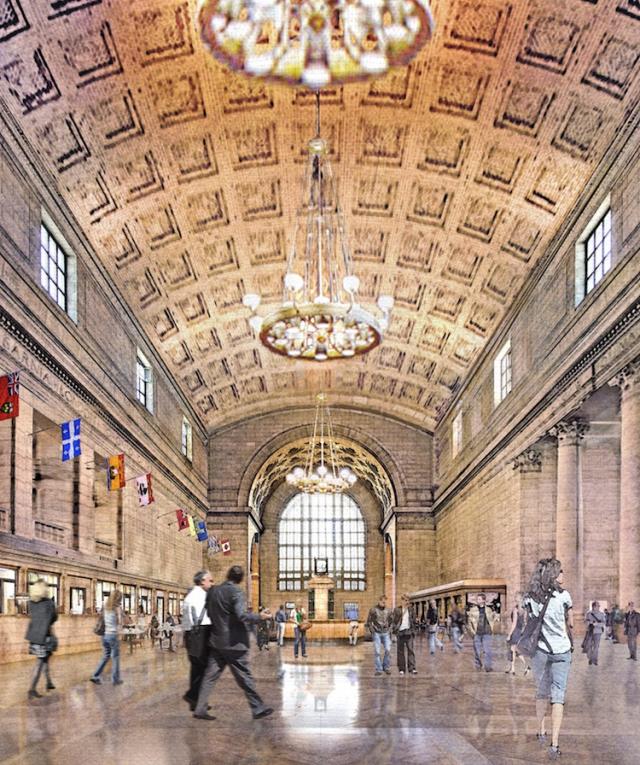EnviroTO
Senior Member
Speaking of "Science"....you display an incredible lack of understanding physics. A photon isn't the point of discussion. Wavefronts and their nature are.
If a photon isn't the point of the discussion then why state something about "thermally emitted photons". Science is about measurable properties. If one light source can generate photons with the same energy as another, the photons are no different. If those light sources can generate multiple photons with the same coherence then the same light is being produced. If both of those light sources can maintain that light at the same intensity over time then the impact of that light on one's eyes would be no different. The properties of the light required should be selected first, and the technology second based on the conformance to the properties of light desired, energy efficiency, and cost.
In terms of making the install future proof, I'm not sure how that would be possible. If a new light source technology comes out the only way to take advantage of it would be to swap out light sources. For constant intensity you are going to need AC to DC converters with minimal ripple and to make it future proof you would need those to be tunable. Although even then the converters themselves are likely to get more efficient over time so they would get swapped out too. So you are left with maybe only one thing you can do to future proof which is to use wiring that minimizes voltage drop.



